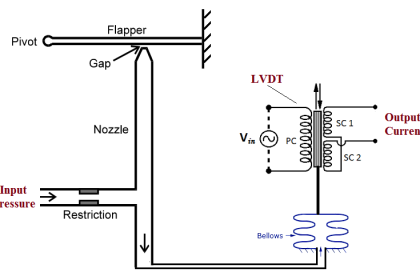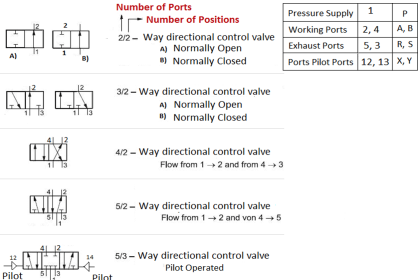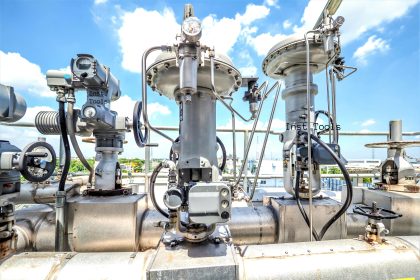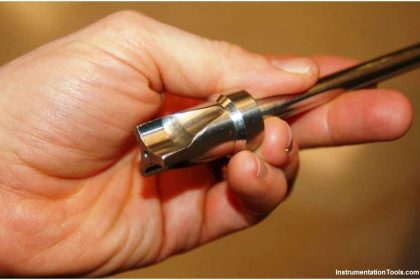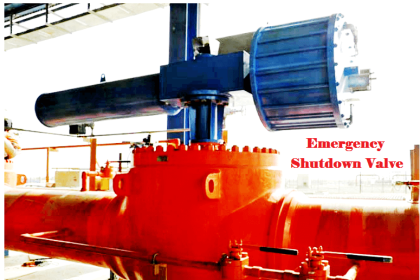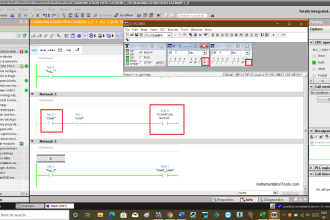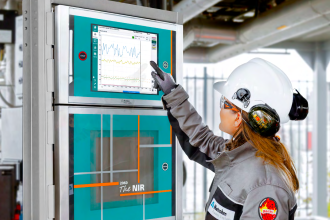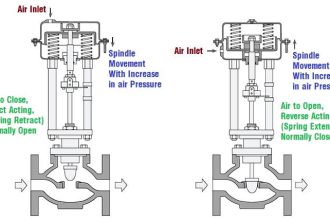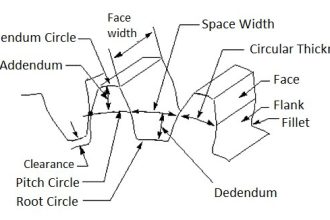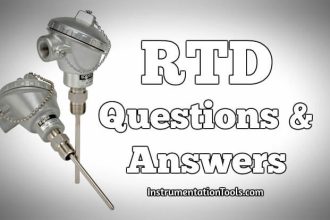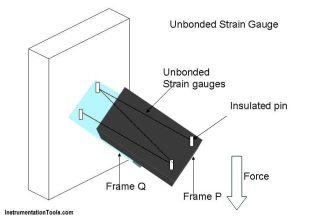A valve interlock is a trapped key lock assembly which locks the valve in one or two positions – open and/or closed – with one key trapped within the lock assembly and one key free. It’s about controlling the sequence of events, conducting different valve process activities.
To change the valve position (open-to-close or close-to-open), two keys need to be inserted into the lock assembly. The free key can only be released when the valve is in the open or closed position. Alternatively, a ‘single keyed interlock’ only allows the removal of the locked open or closed key when the valve is in the correct locking position.
Valves play an important role in the safety of operation in many process industries, especially in the chemical and petroleum industry. The opening and closing of valves, especially block valves on PSVs for example, in the wrong sequence can lead to serious consequences such as human fatal injuries, loss of production, and damage of equipment.
Therefore valves critical for the safety of the operations can be equipped with an interlock system to ensure that valves are operated in a safe sequence and maintained in a safe position. The valve interlocks not only control the opening and closing sequence of process valves but also prevent their unauthorized operation.
What is a key interlock?
The types of interlock systems are based on the principle of key exchange or a key transfer principle. Valves can only be operated in a predetermined sequence which is designed to maintain production, availability, and the safety of systems.
Key interlocks are integral-fit mechanical locking devices, attached to the host equipment. Typical interlock systems are applied to valves, closure doors, rotary switches, or any form of equipment operated by human intervention. In addition, keys can be customized to intelligent format: electronic tagging of individual keys and managed by system software.
The lock mechanism is designed to ensure that valves are always either fully open or fully closed. Generally, the system is based on the operating principle of one key free when the valve is locked closed and the other key free when the valve is locked open.
Popular Permit to Work (PTW) or Lockout/Tagout procedures provides a lock-off capability. But they don’t provide any control of the sequence of operations or the status of equipment. This can generate dangerous conditions through negligence. Interlocks provide an effective front-line safety tool that mitigates risks of human error.
Valve Interlock System
The type of interlock system below is designed to mechanically interlock two pressure safety valves having two upstream block valves and two downstream block valves to prevent isolation of both the relief valves at the same time and allow safe isolation of the safety valve for maintenance.
Operating condition of the valve interlock
- One PSV (PSV-A) is operational and another PSV (PSV-B) is standby
- Key B is taken from the control room
To put PSV-B into maintenance:
- Insert key B into valve #4 and close by releasing key A
- Key A can be taken to the control room to keep PSV-B isolated for maintenance
To change-over putting PSV-A into operation and PSV-B into operation:
- Insert key B into valve #1 and open by releasing key C (both safeties are online)
- Insert key C into valve #2 and close by releasing key D, which can be taken to the control room
PSV-B is now in operation and PSV-A is in standby.
To further isolate PSV-A for maintenance:
- Insert key D into valve #3 and close releasing key E
- Key E can be taken to the control room to keep PSV-A isolated for maintenance
Both PSVs will never be closed simultaneously, ensuring that at least one PSV is always available for equipment protection.
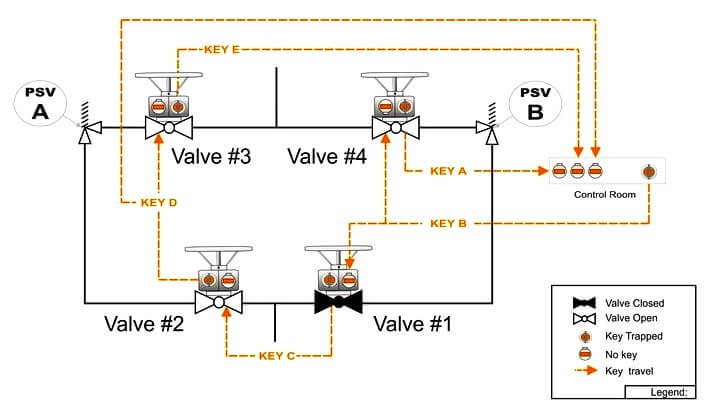
Valve interlocks are used everywhere where a sequence of valves helps protect personnel and machinery.
Valves have a very important safety function in many industrial processes. An operating error at a valve can have dramatic consequences – personal injuries, damages to the plant, or even contamination of the environment can be a result. Thus, the safe operation of valves must be guaranteed. By using the Valve interlocks you can be sure the correct sequence of operating procedures will always be adhered to.
Source:
Read Next:
- Questions & Answers on Valves
- Valve Air Cylinder Calculation
- Control Valve Stroke Test
- 5 Valve Manifold Operation
- How does Needle Valve work?

